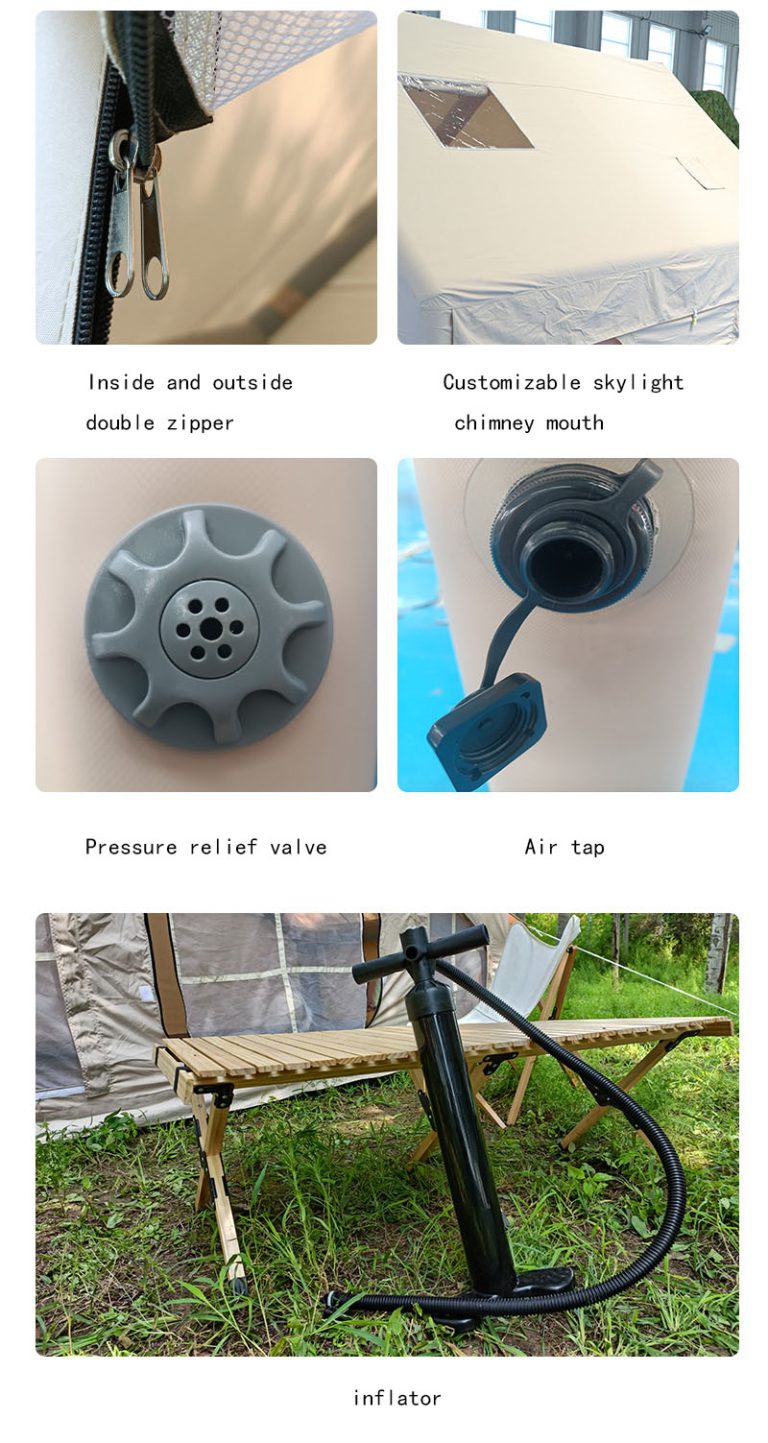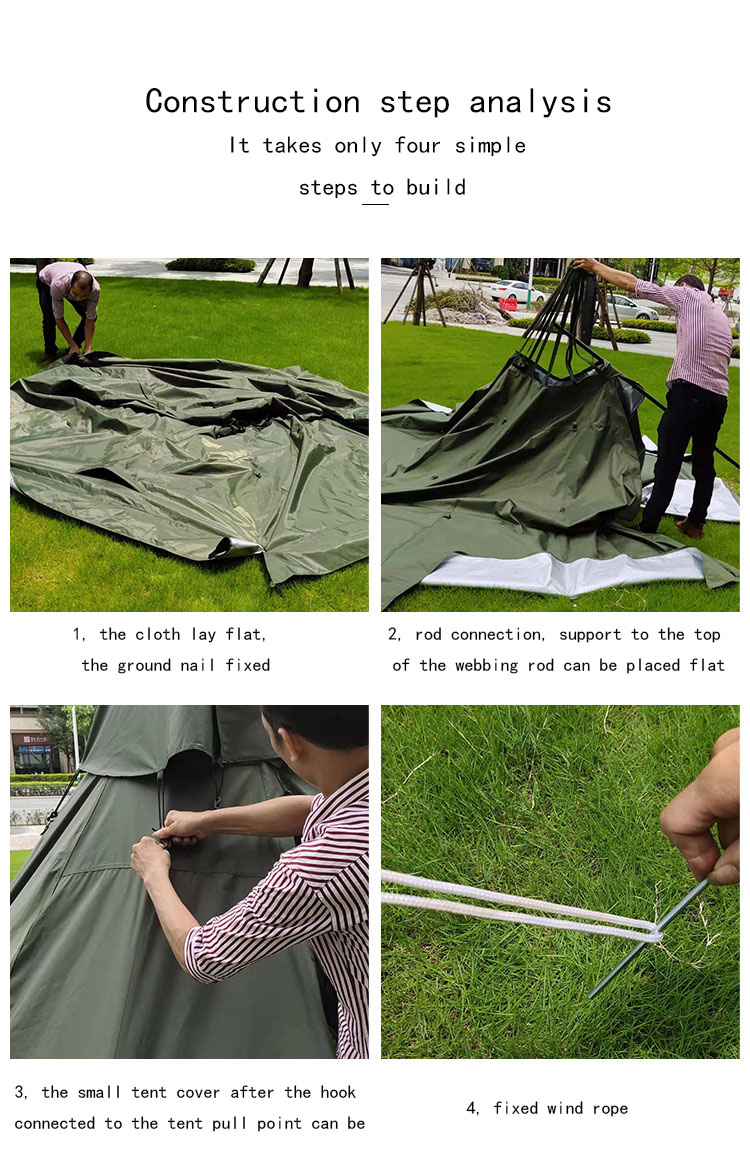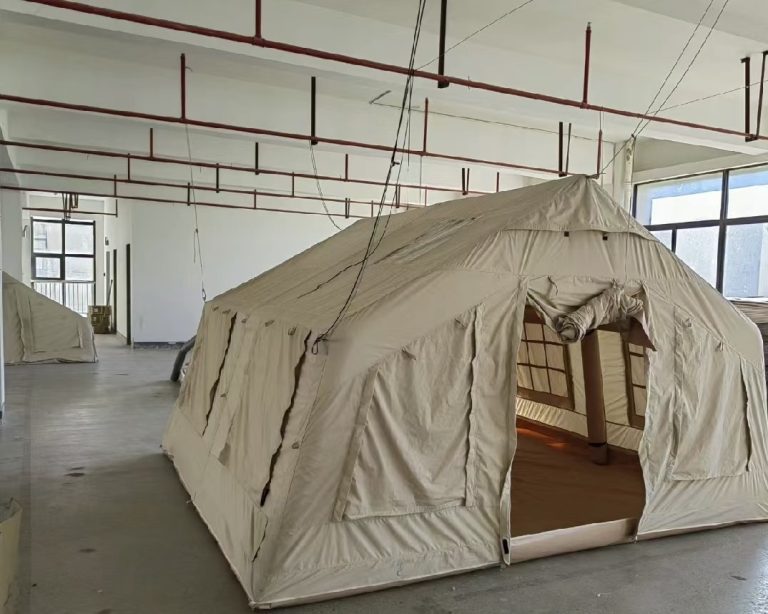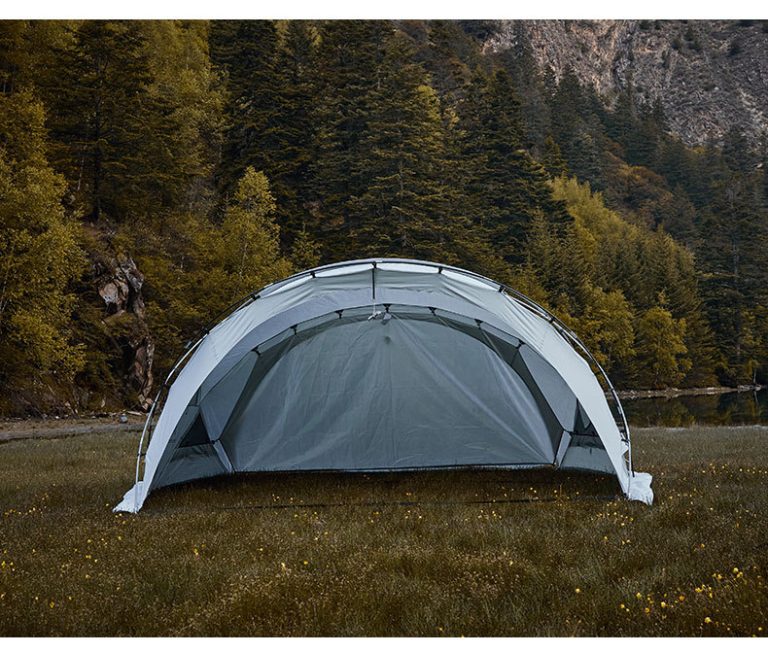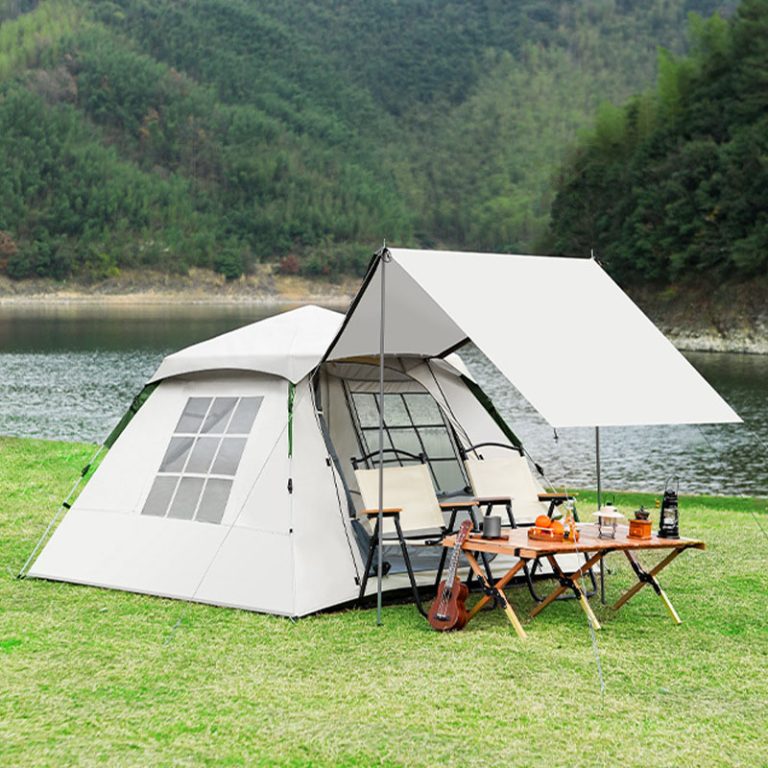Table of Contents
Importance of Safety Boxes in Hospitals
Safety boxes in hospitals play a crucial role in ensuring the safety and well-being of both patients and healthcare workers. These secure containers are designed to safely dispose of sharp objects, such as needles and scalpels, as well as other potentially hazardous materials. The importance of safety boxes in hospitals cannot be overstated, as they help prevent the spread of infections and protect individuals from accidental injuries.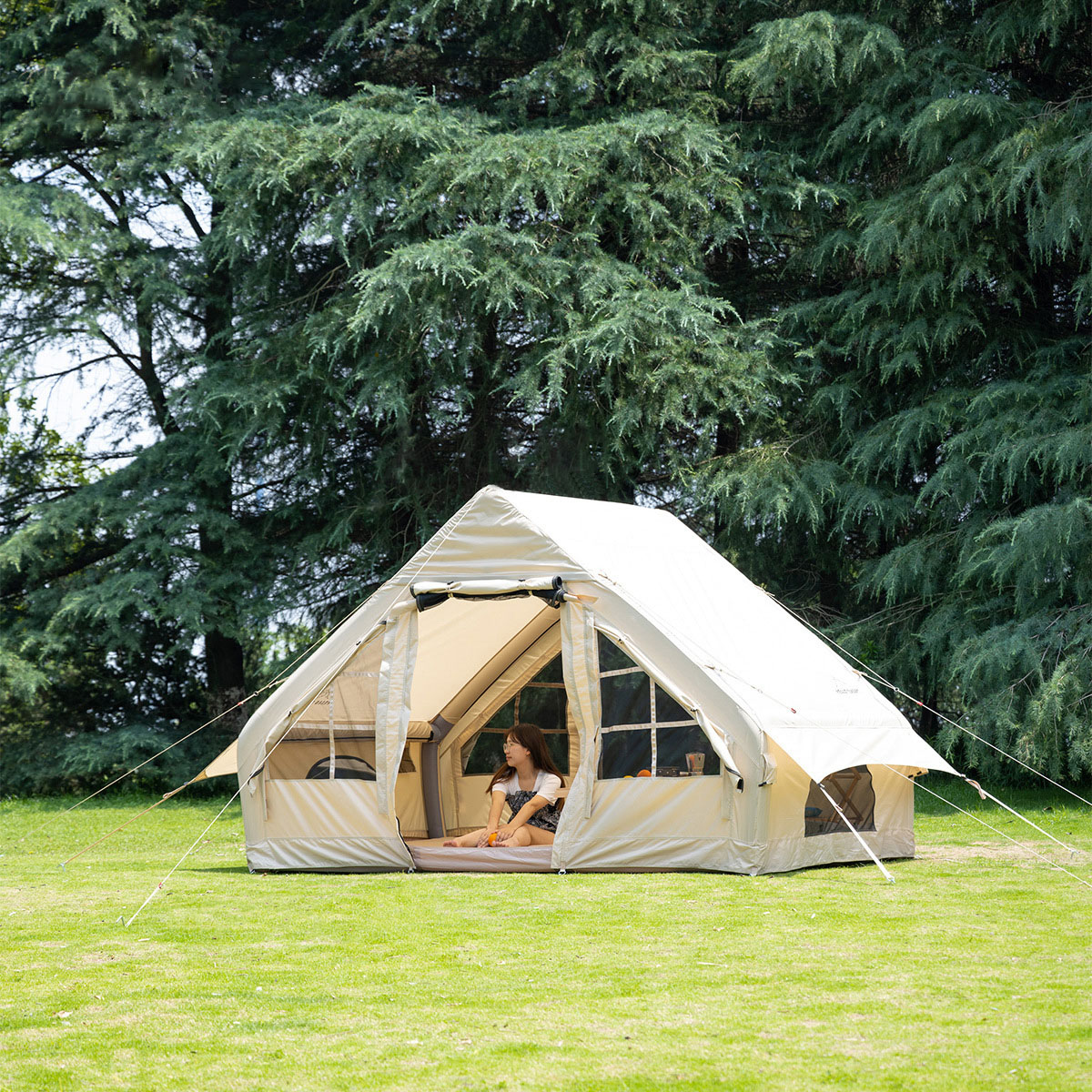 In conclusion, safety boxes are an essential component of hospital safety protocols. They help prevent needlestick injuries, maintain a clean and hygienic environment, promote a culture of safety, and protect the environment. By using safety boxes, hospitals can ensure the well-being of their patients and staff, as well as contribute to the overall safety and sustainability of healthcare facilities. It is imperative that hospitals continue to prioritize the use of safety boxes and adhere to proper disposal protocols to safeguard the health and safety of all individuals within their care.
In conclusion, safety boxes are an essential component of hospital safety protocols. They help prevent needlestick injuries, maintain a clean and hygienic environment, promote a culture of safety, and protect the environment. By using safety boxes, hospitals can ensure the well-being of their patients and staff, as well as contribute to the overall safety and sustainability of healthcare facilities. It is imperative that hospitals continue to prioritize the use of safety boxes and adhere to proper disposal protocols to safeguard the health and safety of all individuals within their care.Best Practices for Securing Safety Boxes in Hospital Settings
Safety boxes in hospital settings play a crucial role in ensuring the security and confidentiality of sensitive information and valuable items. These safety boxes are designed to provide a secure storage solution for medications, medical records, personal belongings, and other important items. However, in order to maximize the effectiveness of safety boxes, it is important for hospital staff to follow best practices for securing and managing these boxes.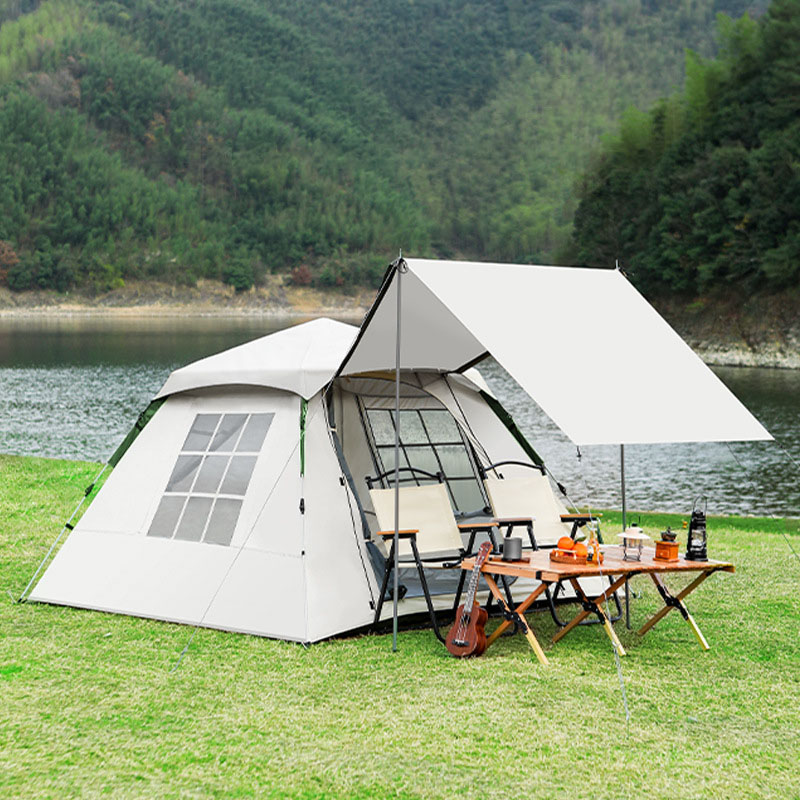 One of the key best practices for securing safety boxes in hospital settings is to ensure that only authorized personnel have access to the boxes. This can be achieved by implementing strict access control measures, such as requiring staff members to use unique access codes or keys to open the boxes. By limiting access to authorized personnel only, hospitals can prevent unauthorized individuals from tampering with or stealing items from the safety boxes.
In addition to restricting access to authorized personnel, hospitals should also regularly monitor and audit the use of safety boxes. This can help identify any potential security breaches or misuse of the boxes, allowing hospital administrators to take corrective action as needed. By keeping a close eye on the use of safety boxes, hospitals can ensure that these boxes are being used appropriately and that the contents are secure at all times.
Another best practice for securing safety boxes in hospital settings is to regularly inspect and maintain the boxes to ensure that they are in good working condition. This includes checking for any signs of damage or tampering, as well as ensuring that the locking mechanisms are functioning properly. By conducting regular inspections and maintenance, hospitals can prevent security vulnerabilities and ensure that the contents of the safety boxes remain secure.
Furthermore, hospitals should establish clear policies and procedures for the use of safety boxes, including guidelines for what items can be stored in the boxes and how they should be accessed and managed. By providing staff members with clear guidelines and expectations, hospitals can help ensure that safety boxes are used appropriately and that security protocols are followed consistently.
It is also important for hospitals to educate staff members on the importance of securing safety boxes and following best practices for their use. This can be achieved through training sessions, informational materials, and regular reminders about the importance of maintaining security and confidentiality when using safety boxes. By raising awareness among staff members, hospitals can help create a culture of security and accountability when it comes to managing safety boxes.
In conclusion, securing safety boxes in hospital settings is essential for protecting sensitive information and valuable items. By following best practices such as restricting access to authorized personnel, monitoring and auditing box usage, inspecting and maintaining the boxes regularly, establishing clear policies and procedures, and educating staff members on the importance of security, hospitals can ensure that safety boxes are used effectively and that the contents remain secure at all times. By implementing these best practices, hospitals can enhance the security and confidentiality of their operations and provide a safe and secure environment for patients, staff, and visitors.
One of the key best practices for securing safety boxes in hospital settings is to ensure that only authorized personnel have access to the boxes. This can be achieved by implementing strict access control measures, such as requiring staff members to use unique access codes or keys to open the boxes. By limiting access to authorized personnel only, hospitals can prevent unauthorized individuals from tampering with or stealing items from the safety boxes.
In addition to restricting access to authorized personnel, hospitals should also regularly monitor and audit the use of safety boxes. This can help identify any potential security breaches or misuse of the boxes, allowing hospital administrators to take corrective action as needed. By keeping a close eye on the use of safety boxes, hospitals can ensure that these boxes are being used appropriately and that the contents are secure at all times.
Another best practice for securing safety boxes in hospital settings is to regularly inspect and maintain the boxes to ensure that they are in good working condition. This includes checking for any signs of damage or tampering, as well as ensuring that the locking mechanisms are functioning properly. By conducting regular inspections and maintenance, hospitals can prevent security vulnerabilities and ensure that the contents of the safety boxes remain secure.
Furthermore, hospitals should establish clear policies and procedures for the use of safety boxes, including guidelines for what items can be stored in the boxes and how they should be accessed and managed. By providing staff members with clear guidelines and expectations, hospitals can help ensure that safety boxes are used appropriately and that security protocols are followed consistently.
It is also important for hospitals to educate staff members on the importance of securing safety boxes and following best practices for their use. This can be achieved through training sessions, informational materials, and regular reminders about the importance of maintaining security and confidentiality when using safety boxes. By raising awareness among staff members, hospitals can help create a culture of security and accountability when it comes to managing safety boxes.
In conclusion, securing safety boxes in hospital settings is essential for protecting sensitive information and valuable items. By following best practices such as restricting access to authorized personnel, monitoring and auditing box usage, inspecting and maintaining the boxes regularly, establishing clear policies and procedures, and educating staff members on the importance of security, hospitals can ensure that safety boxes are used effectively and that the contents remain secure at all times. By implementing these best practices, hospitals can enhance the security and confidentiality of their operations and provide a safe and secure environment for patients, staff, and visitors.
